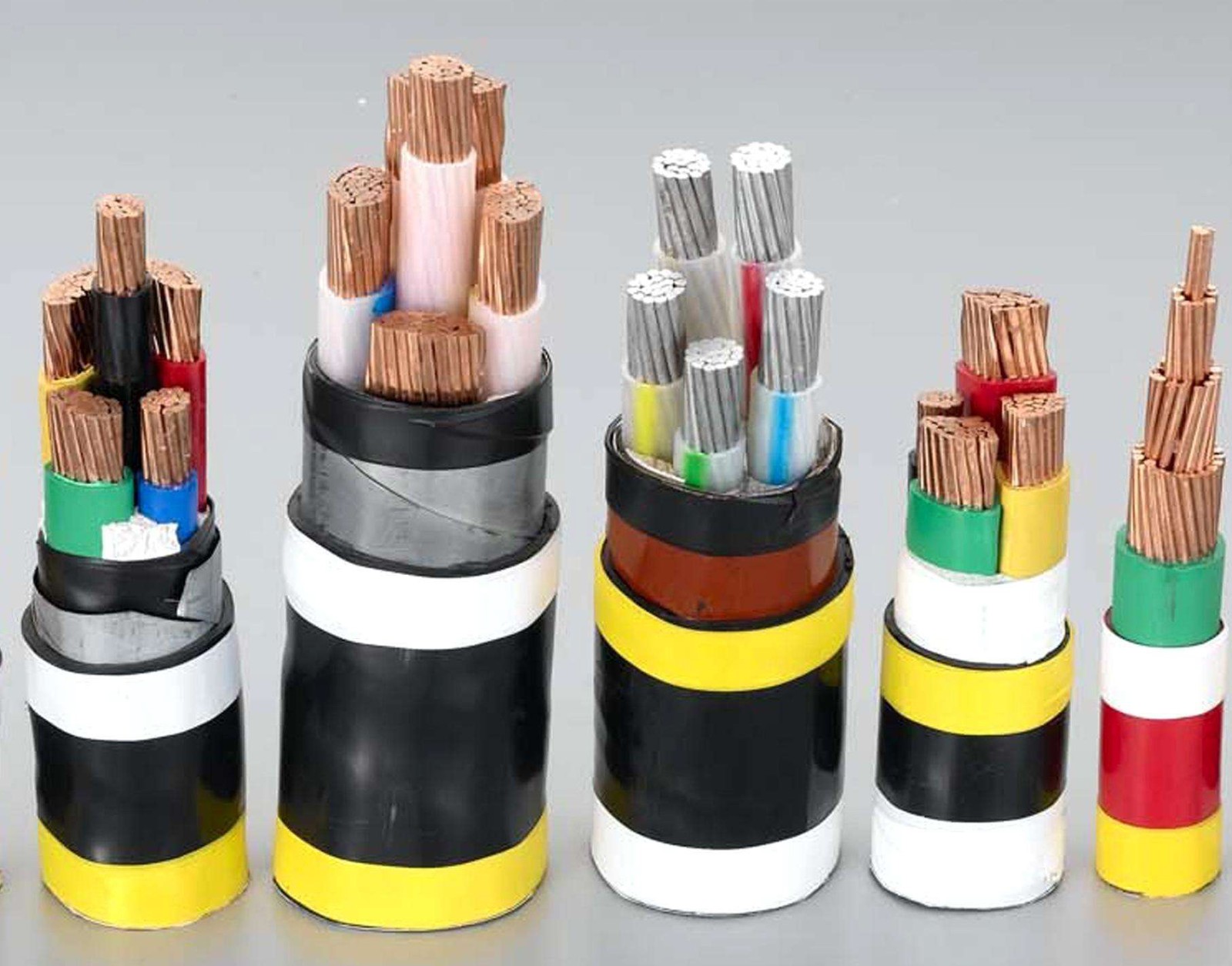
With the rapid development of electric power in recent years, the cable product quality problems encountered in actual production have been plaguing everyone, such as the cable problem of defects caused by severe extrusion. Below we summarize the common extrusion problems encountered while using the cable and the solution for your reference.
(1) The protrusion generated by the resin during the plasticization process has small crystal spots and small particles on the surface of the plastic layer and is distributed around the surface of the plastic coating.
(2) The protrusion generated by the scorching has a scorch on the surface of the plastic layer, which is particularly reflected on the surface of the glue joint.
(3) Impurity bumps, impurities on the surface of the plastic, and impurities in the sliced bumps.
(4) Plastic bumps caused by poor plasticization. After slicing, it was found that the inside of the bump was cooked.
(1) Since the low-temperature control, the plastic has not been plasticized and is extruded from the machine head.
(2) The quality of the plastic is poor, and some resins are challenging to plasticize. These are extruded without being completely plasticized.
(3) Some impurities are added to the hopper during feeding, causing the contaminants to bulge.
(4) The temperature control is super high, causing scorch, resulting in scorch bulges.
(5) There is no compression on the molded cover, and the aging deteriorates after the glue is applied, and the scorch bulge appears.
(1) The protrusion caused by the plastic should be appropriately raised in temperature.
(2) Strictly check whether there is any foreign matter in the plastic feeding. Do not put other impurities into the hopper during feeding. If impurities are found, clean the machine head immediately and run the glue in the screw.
(3) If the temperature is too high, the temperature should be appropriately lowered immediately. If the effect is not good, the head and the screw should be cleaned immediately to eliminate the burnt material.
(4) If there are protrusions of resin protrusions and poor plasticization, it is necessary to appropriately increase the temperature or reduce the speed of the screw and the traction.
(1) The speed of the screw and the traction is unstable, and the ammeter or the voltmeter swings to the left and right, thus affecting the outer diameter of the cable and causing a deviation of the plastic layer.
(2) There is a problem with the quality of the semi-finished products, such as the wrapping of the steel strip or the plastic strip, resulting in the unevenness of the convex or concave or defects such as wraps, ribs and pits in the plastic layer.
(3) The temperature control is super high, causing the extrusion amount to decrease, the outer diameter of the cable is suddenly thinned, and the plastic layer is thinned to form a negative difference.
(1) The core or cable core is not round, and snake shape, while the outer diameter changes too much.
(2) Semi-finished products have quality problems, such as bad steel band joints, steel band loose sets, steel band rolled edges, plastic band loose sets, joints that are too large, loose flowers, etc.
(3) When operating, the core of the mold is too big for the option, resulting in backward glue and plastic layer deviation core.
(4) When adjusting the mold, the mold adjusting screw is not twisted tightly, resulting in an inverted buckle phenomenon and making the plastic layer deviate from the cable core.
(5) The screw or traction speed is not stable, resulting in over-difference.
(6) The filling port or filter is partially blocked, resulting in a negative difference due to the reduction of the rubber output.
(1) Often measure the outer diameter of the cable and check the thickness of the plastic layer, and if you find that the outer diameter changes or the plastic layer is not uniform, you should adjust it immediately.
(2) Match the mold to be suitable, adjust the mold to tighten the mold adjust the screw, and press the gland.
(3) Pay attention to the screw and traction current and voltage meter, found unstable, to find electricians, and pliers to overhaul.
(4) Do not add the strip material or other debris into the hopper, if this is found to be cleared immediately.
(1) The temperature reflects super high, or the instrument controlling the temperature is out of order, causing the plastic to scorch at super high temperatures.
(2) The head of the plastic outlet smoke, there is a strong irritating smell, in addition to the crackling sound.
(3) Granular scorched material appears on the surface of the plastic.
(4) There are continuous air holes at the glue joint.
(1) High-temperature control causes plastic scorching.
(2) The screw is used for a long time without cleaning, and the scorched material accumulates and is extruded with the plastic.
(3) The heating time is too long, and the plastic accumulation is heated for a long time, so the plastic ages and deteriorates and scorches.
(4) Parking time is too long, not cleaning the head and screw, resulting in plastic decomposition scorching.
(5) Change the mold or color several times, causing plastic decomposition and scorching.
(6) The head gland is not pressed tightly, and the plastic is aging and decomposing inside.
(7) The instrument controlling the temperature is out of order, causing scorching after super-high temperatures.
(1) Regularly check whether the heating system is normal.
(2) Regularly clean the screw or head, to clean thoroughly.
(3) According to the requirements of the process heating, heating time should not be too long, if the heating system has problems finding the relevant personnel to solve in a timely manner.
(4) Change the mold or color in time and cleanly to prevent miscellaneous colors or stored glue from scorching.
(5) After adjusting the mold, press the gland of the mold sleeve tightly to prevent the glue from entering.
(6) The head and screw should be cleaned up immediately when scorching is found.